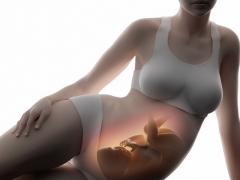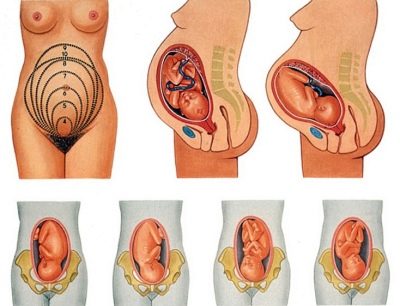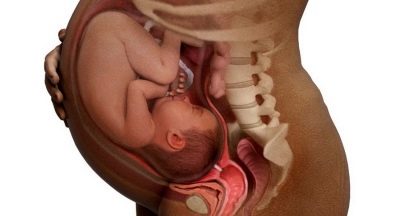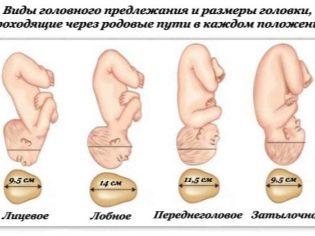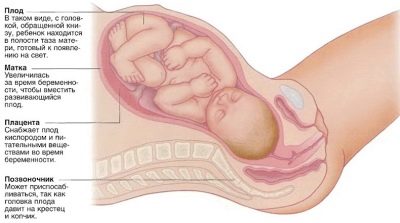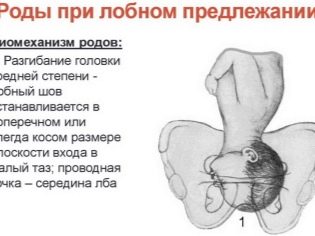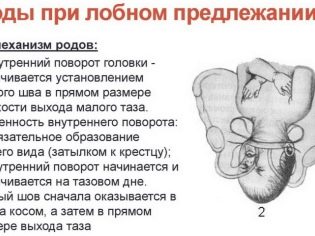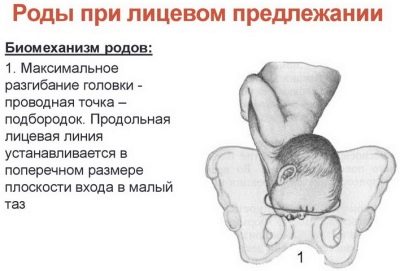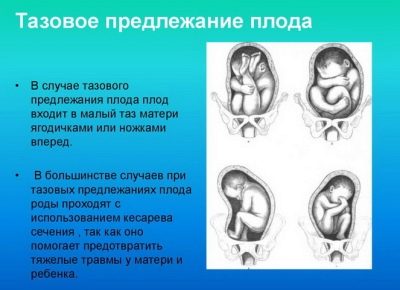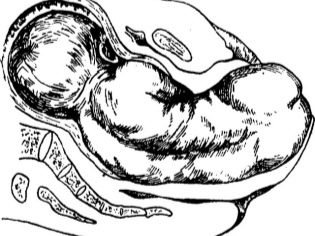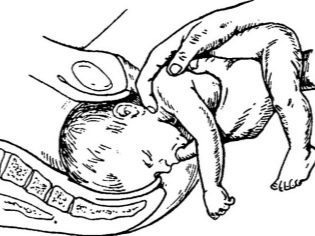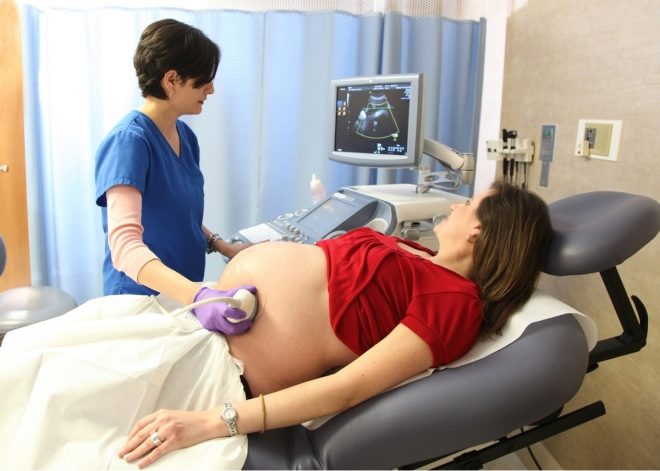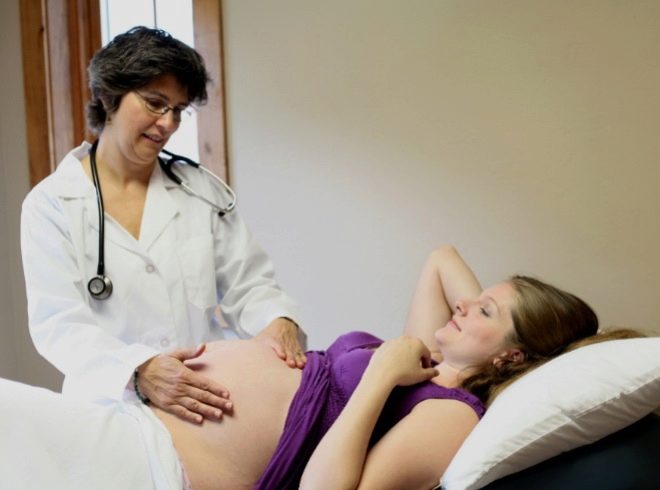What does the longitudinal position of the fetus, how it is and how it affects the birth?
The position of the baby in the womb is different. On how the baby is located in the uterus, depends largely on its intrauterine development and growth. This article will talk about what the longitudinal position of the fetus is, how it happens and how it affects delivery.
What it is?
The way the baby develops depends on how the baby is located in my mother's tummy. One of the most favorable locations of the fetus in the uterus during pregnancy is the longitudinal position. In this case, pregnancy, as a rule, proceeds quite physiologically.
Many pregnant women, when confronted with the definition of “longitudinal position” for the first time, begin to worry about whether this is some kind of pathology or absolutely normal. Immediately, we note that this arrangement of the baby is quite normal. Pregnancy flowing in a longitudinal position has a favorable prognosis for its development.
Determining the position of the child is determined based on the location of its main large parts of the body. Also, doctors necessarily carry out a conditional median line, which runs through the middle of the baby’s torso. The relation of this conditional line to the pelvic line of the female pelvis shows the position of the child in the uterus.
In the longitudinal position of the fetus in the womb, the longitudinal line of the uterus and the body of the child coincide. In addition to determining the position of the fetus, doctors also determine the presentation of the baby, that is, what part of his body is closer to the birth canal. There are various options for presentations. Each of them has its own characteristics and in a certain way affects the prognosis of pregnancy.
Predict the position of the baby in the uterus is impossible. It may be due to a variety of reasons. To date, scientists have not come to a consensus about why a child who is in the womb during pregnancy assumes a particular position. So far there are only multiple theories explaining this.
For a long time, it was believed that the head presentation of a child in the uterus contributes to the fact that the baby’s head weighs slightly more than its buttocks. Under the action of gravity, it begins to shift downwards and is closer than the rest of the body to the birth canal. However, many scientists disagree.
According to statistics, the longitudinal position of the fetus is found in obstetric practice much more often than others. Note that the position of the fetus during pregnancy may vary. Especially often this happens if the baby is fidget.
The active motor activity of the fetus at a certain period of intrauterine development may lead to the fact that it simply changes its position in the womb.
Features of the development of pregnancy
In the longitudinal position, the baby is as if vertically towards the birth canal. This position corresponds to two options of presentation - the pelvic and head. Each of them has several clinical options. So, headache presentation can be occipital, facial and frontal. Pelvic presentation is divided into leg and buttock. The course of pregnancy with each of them has a number of specific features.
Singleton
The most common previa, in which the fetus is located longitudinally, the axis of the uterus head down, is the head. It is found in obstetric practice most often. The best option is if the child is in the head position with the nape down. In this case, its passage through the birth canal is physiological, the threat of development of birth injuries is negligible.
If the child is in frontal presentation, then natural birth may be possible, but may already be complicated by the development of certain pathologies. In women with a narrow pelvis, the risk of developing birth injuries with this type of presentation increases.
In order to avoid dangerous pathologies, doctors are sometimes forced to resort to the surgical method of obstetric aid and perform a cesarean section.
When the facial previa closer to the birth canal is the face of the fetus. As a rule, in this position, the baby is in a somewhat extended state. Natural childbirth with such a presentation can be dangerous for both a pregnant woman and her baby. The best tactic is caesarean section.
Much less common in medical practice is pelvic presentation of the fetus. In this case, closer to the birth canal is the baby's pelvis, while the baby’s head is located in the area of the uterus bottom. Pelvic presentation, according to statistics, occurs in 4-5% of cases.
The expectant mother, who had a pelvic presentation of the fetus during pregnancy, should be more attentive to her own health. Such an arrangement of the child can occur with the development of pathologies, as well as lead to the appearance of adverse symptoms.
The course of pregnancy with pelvic presentation is aggravated.
One of the options for pelvic presentation is the foot. In this case, during natural childbirth, the baby’s feet should be born first, and not its head. However, this type of birth is not physiological from the point of view of nature. The fragile small bones of a baby can be injured when moving through the birth canal. Moreover, they can also greatly damage the mother's genital tract.
In order to reduce the likelihood of developing birth injuries and injuries, doctors resort to conducting surgical methods of obstetrics. This avoids the development of dangerous pathologies during the birth process.
Another option for pelvic presentation is the buttock. In this case, the child as it "squats." In such a situation, at birth, a pelvis appears first, then arms and legs are born, and the head is born last. Childbirth with breech presentation is quite difficult. In order to minimize the risk of developing dangerous pathologies, doctors may resort to performing a cesarean section.
The tactics of obstetric aid with pelvic presentation is determined closer to childbirth. Until the third trimester of pregnancy, doctors are still not in a hurry to decide how they will deliver. If pelvic presentation is determined at a sufficiently early time, then by the time of birth it may still change. Hurry with the choice of tactics of delivery in this situation is not worth it.
One of the rather dangerous complications of pelvic presentation of the fetus is the possible development of bleeding from the genital tract. This condition can be very dangerous for both the future mother and her baby. In order to prevent the development of terrible complications, doctors make a set of recommendations for a pregnant woman. It necessarily includes tips on correcting the day and rest regimen, restrictions on lifting weights, and also excluding intense physical exertion.
Many future moms, having heard that the child is in pelvic presentation, resort to performing various exercises. They are designed to ensure that the fetus changes its position in the uterus.
To perform such exercises is possible only after consulting with an obstetrician-gynecologist.In some cases, such a "gymnastics" can only harm, and not help to improve the situation.
Even changing the pool can help to change the position of the child in the womb. The aquatic environment in which the expectant mother is in swimming also affects the baby in her tummy. It happens that after swimming in the pool the position of the baby in the uterus may change.
Multiple fetus
Bearing twins is a fairly demanding process. The expectant mother usually experiences double anxiety, as she worries about the development and condition of both babies. The position of twins in the womb may also be different.
The best option is to carry babies who are both in head longitudinal previa. In this case, the course of pregnancy is physiological. Childbirth, as a rule, proceeds calmly, without the development of dangerous pathologies.
It is less favorable if children have different presentation. For example, one of the babies has a pelvic presentation, and the other has a headache. In this situation, during labor, they may encounter heads, which may already be dangerous.
In this case, it is very important to entrust the management of labor to an experienced doctor who can correctly choose the tactics of safe obstetric care.
How can I determine?
To know the position of the fetus can be already quite early in pregnancy. The most accurate diagnostic method is ultrasound. Modern devices can accurately determine where all parts of the body of the fetus.
The position of the fetus in the uterus may be unstable. This means that during the whole pregnancy it can change several times. That is why several ultrasounds are performed at different stages of pregnancy. Thus, an ultrasound examination is necessarily carried out immediately before birth. Doctors need this in order to decide on the choice of the method of delivery.
It is possible to determine the position of the fetus in the uterus with the help of a usual manual examination, which is carried out to all pregnant women. It is performed by an obstetrician-gynecologist. In this study, the doctor determines the position of the main parts of the body of the child and makes his conclusion about the presentation of the baby in the uterus. Also, the doctor necessarily evaluates the location of the placenta, as well as, if necessary, performs material sampling (swabs) for analysis.
For the types of fetal location in the uterus, see the following video.
